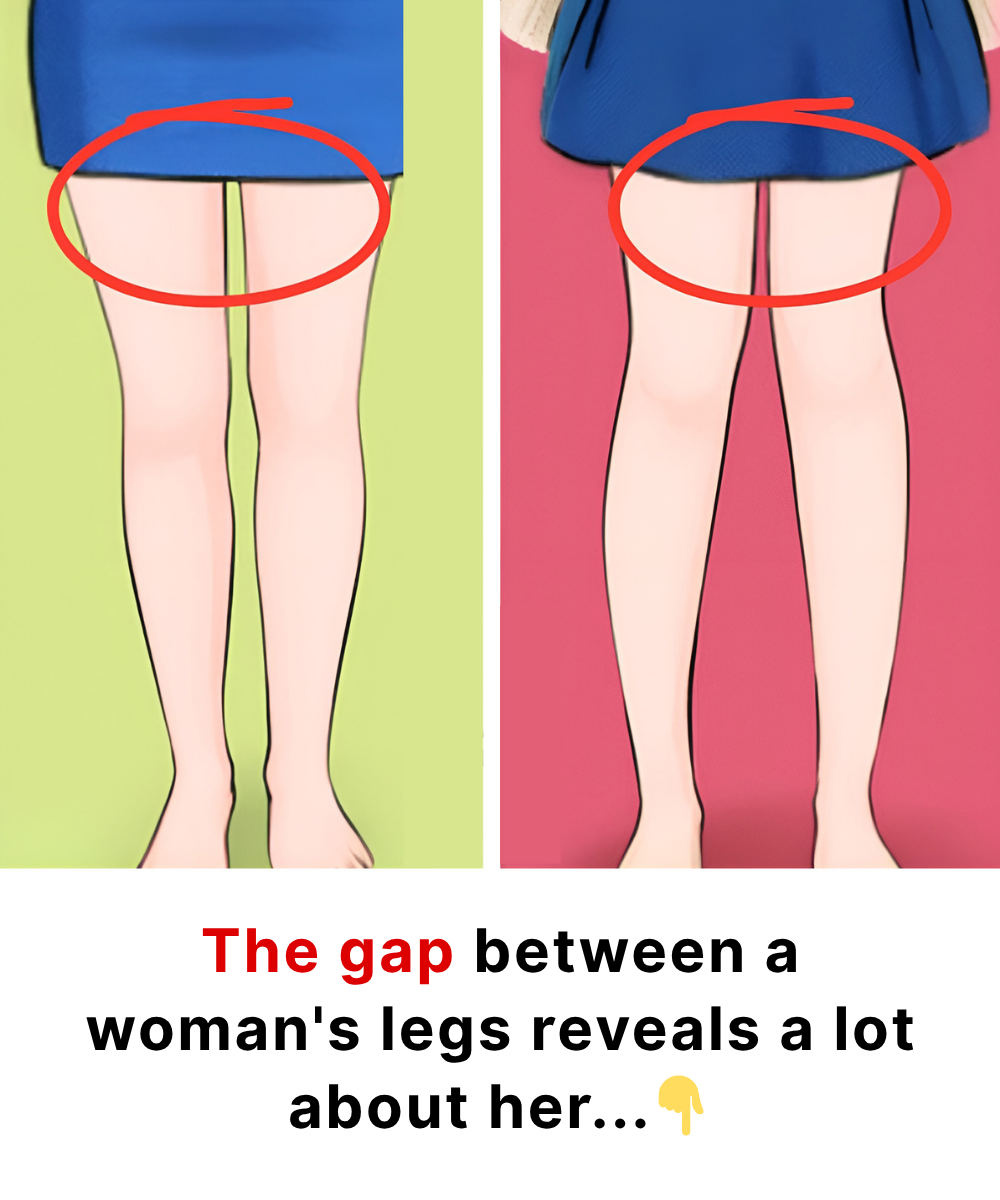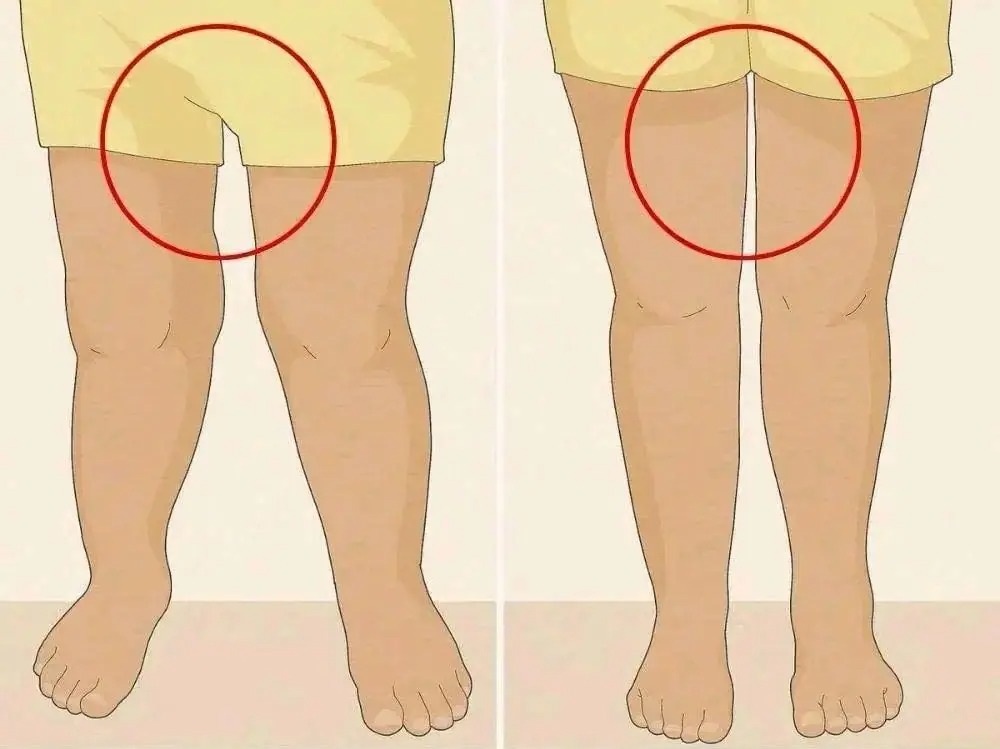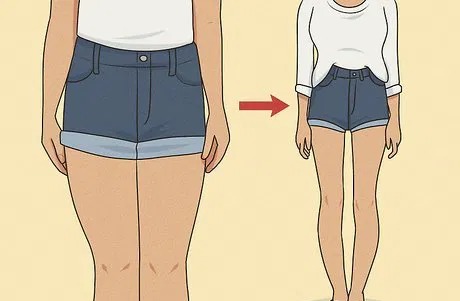
Have you ever noticed that space between the thighs that some people proudly show off on social media?
The so-called “thigh gap” has become a beauty standard in certain circles—but at what real cost? Behind this trend lies an unrealistic and, at times, harmful ideal. So, should we really care about it? What you’re about to read might just change the way you see yourself.
The Thigh Gap: A Trend That Won’t Go Away—But at What Price?
Since the rise of Instagram, TikTok, and endless before-and-after videos, one physical detail has sparked endless chatter: the thigh gap. Some frame it as proof of being slim, fit, or disciplined. The result? Thousands of posts and tutorials promising you can achieve it through special workouts or “miracle” routines.
But let’s be clear: a thigh gap is not a sign of fitness. That little space between the legs depends mainly on your body type, your bone structure, and the way your hips and legs are naturally aligned. It’s not something you can sculpt like a muscle.

What Body Shape Has to Do With It (and Why It’s Not Your Fault)
You can eat well, work out, take care of yourself… and still never have a thigh gap. And that’s completely normal. In fact, several factors determine whether it’s even possible:
The shape of your pelvis: wider hips make a gap more likely.
The angle of your femurs: depending on how they’re aligned, your legs may touch or not.
Muscle distribution: some people naturally carry more muscle or softness in their legs, others less.
In short, it’s not about willpower or effort—it’s about anatomy. Even models and influencers who appear “perfect” often rely on lighting, posing tricks, or even digital retouching to create the illusion.
The Real Risks of Chasing the Impossible
The problem isn’t the gap itself. The danger lies in believing you must have one to be beautiful, loved, or worthy. That kind of pressure can take a heavy toll, especially on young women, leading to:
• Restrictive or unbalanced eating habits
• Overtraining or burnout
• A loss of confidence
• Constant comparison with unrealistic images
The more we try to fit into a single mold, the more we forget something essential: every body is unique—and that’s its real beauty.

What If We Changed the Focus?
Instead of battling over a detail you can’t control, why not set goals that actually build self-esteem? Here are some healthy, positive ideas:
• Work on posture to feel taller and more confident
• Improve flexibility or stamina at your own pace
• Move for joy, not to punish your body
• Cultivate a kind, balanced relationship with food
• Reconnect with how your body feels and what it can do, instead of obsessing over how it should look
Because the true ideal isn’t chasing a fleeting trend—it’s feeling good in your own skin.
Remember: Your Worth Isn’t Measured in Centimeters
A thigh gap has never been a marker of beauty, health, or success. It’s simply one physical trait among many—not better, not worse. What truly matters is feeling strong, healthy, and at peace with your body just as it is.
Take care of yourself. You are already exactly where you’re meant to be.